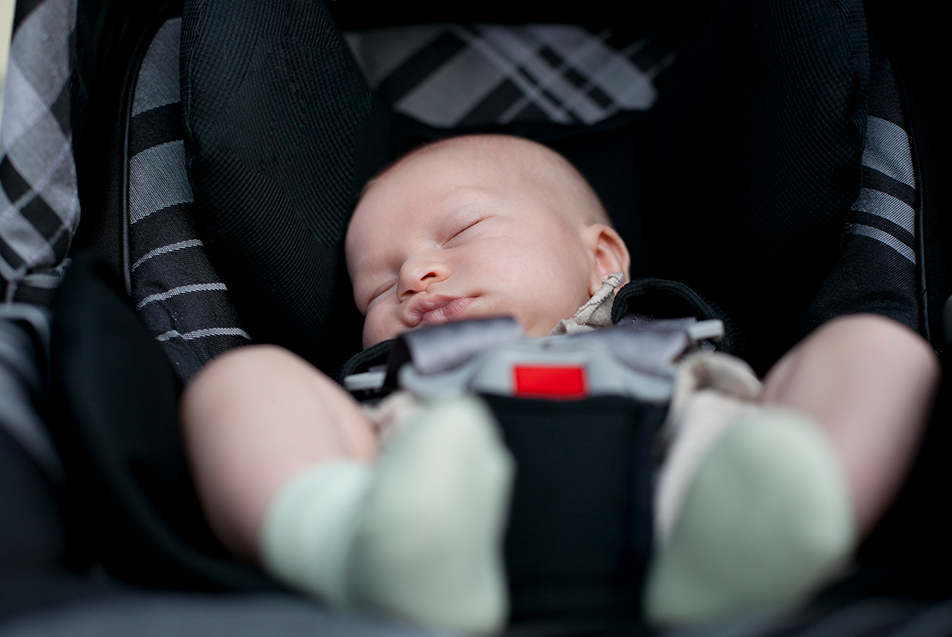
The holiday season, with all its family gatherings, often means travel, sometimes by air. With the bustling commuter boom upon us, we started wondering how new parents should navigate the friendly skies. We reached out to Tony GiaQuinta, MD, PPG – Pediatrics, to hear his perspective on air travel with the newest little member of your family.
While there are no specific “rules” when traveling with infants, it’s important to weigh the risks and benefits. Does the importance of the travel and visit outweigh the drawbacks? When kids are less than two months in age, they are a little more at risk of infection, because they don't have a very mature immune system and haven't been vaccinated yet.
I recommend holding off on air travel for a few reasons. Planes are crowded and the environment is difficult to control. People come up and want to see the baby, passengers are sneezing across the aisle, etc.
Consider hosting the holiday festivities at your house this year. The idea of seeing the face of a sweet newborn tends to have a way of swaying people to change their plans!
Travel tips
As your little ones grow up, air travel becomes a little easier. These tips from the American Academy of Pediatrics are incredibly helpful for parents with children of all ages.
Traveling by airplane
- Allow your family extra time to get through security. Have children wear shoes and outer layers of clothing that are easy to take off for security screening. (Children younger than 12 years are not required to remove their shoes for routine screening.)
- Talk with your children about the security screening process before coming to the airport. Let them know that bags (backpack, dolls, etc.) must be put in the X‑ray machine and will come out the other end and be returned to them.
- When traveling on an airplane, a child is best protected when properly restrained in a car safety seat appropriate for the age, weight and height of the child. Children who weigh more than 40 pounds can use the aircraft seat belt. The car safety seat should have a label noting that it is FAA-approved. Belt-positioning booster seats cannot be used on airplanes, but they can be checked as luggage (usually without baggage fees) for use in rental cars and taxis.
- Although the FAA allows children under age 2 to be held on an adult's lap, the AAP recommends that families explore options to ensure that each child has her own seat. If it is not feasible to purchase a ticket for a small child, try to select a flight that is likely to have empty seats where your child could ride buckled in her car seat.
- In order to decrease ear pain during descent, encourage your infant to nurse or suck on a bottle. Older children can try chewing gum or drinking liquids with a straw.
- Wash hands frequently, and consider bringing hand-washing gel and disinfectant wipes to prevent illnesses during travel.
- Consult your pediatrician before flying with a newborn or infant who has chronic heart or lung problems or with upper or lower respiratory symptoms.
- Consult your pediatrician if flying within 2 weeks of an episode of an ear infection or ear surgery.



